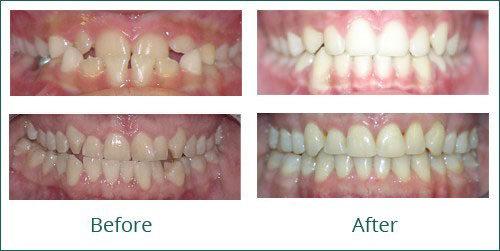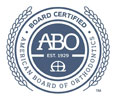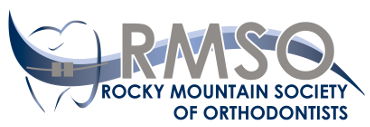Underbite
Class III Underbite
Underbites are are result of the bottom front teeth occluding in front of the upper front teeth. This is commonly termed a Class III malocclusion though it is rarely a single issue in itself. causes can be excess growth of the bottom jaw, insufficient growth of the top jaw, a combination of both or it can be simply poor angulation on incisors that propel the jaw forward. The reason for the jaw growth issues can be genetic, environmental through chronic allergies and constricted airways or even from a posterior crossbite. Premature loss of baby incisors or even trauma can cause shifts in the jaw that manifest as an underbite. It is ALWAYS advisable that underbites are identified and corrected as soon as possible in order to prevent other associated problems from occurring and even to prevent the underbite from worsening. Underbite correction is usually very complex, very difficult and extremely technique sensitive. Dr. Waters is an expert at these corrections but timing is of utmost importance for success. Patients should be seen at age 6 and treated no later than age 8 for best outcome and esthetics. The more severe, the earlier it must be addressed. Expect two phases of treatment.
These other problems include:

- Unattractive smile
- Low self-esteem
- Joint and jaw disorders
- Difficulty in eating/chewing
- Early teeth wear
- Loss of good teeth functions
- More growth of the bottom jaw
Orthodontic correction of underbite
Correction procedures for underbite largely depend on the age of the patient. For greater success, it is important start any jaw growth modification procedure as early as seven years of age. This is when the facial bones are still flexible to be modified; expect limited braces, expansion and protraction headgear in Phase I with a later Phase of full braces at age 12 to 14 depending on Phase I success and intermittent growth. In addition to growth modification, other correction procedures later may include tooth extraction, and surgical intervention to push the bottom jaw backwards if the malocclusion is not corrected early.





